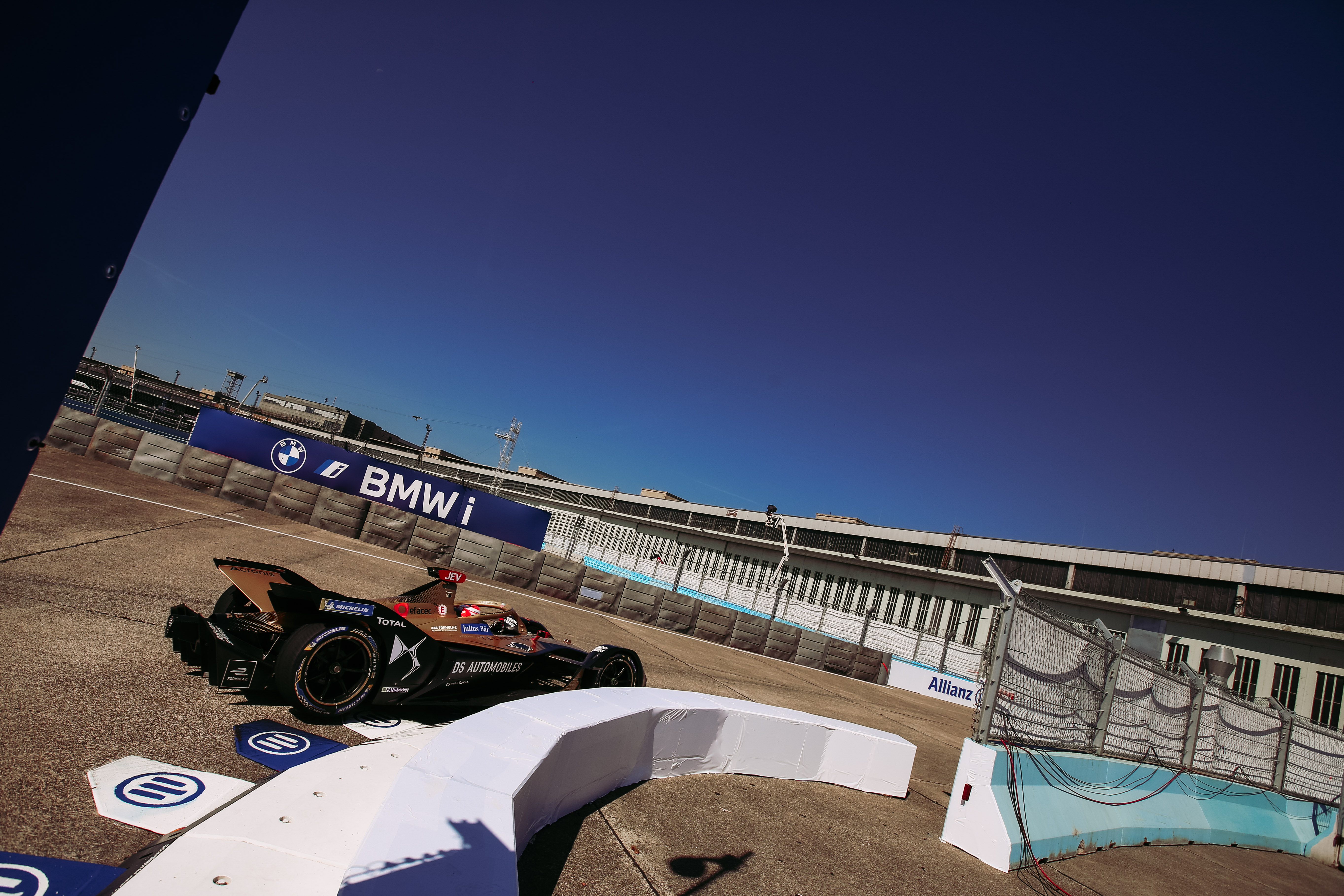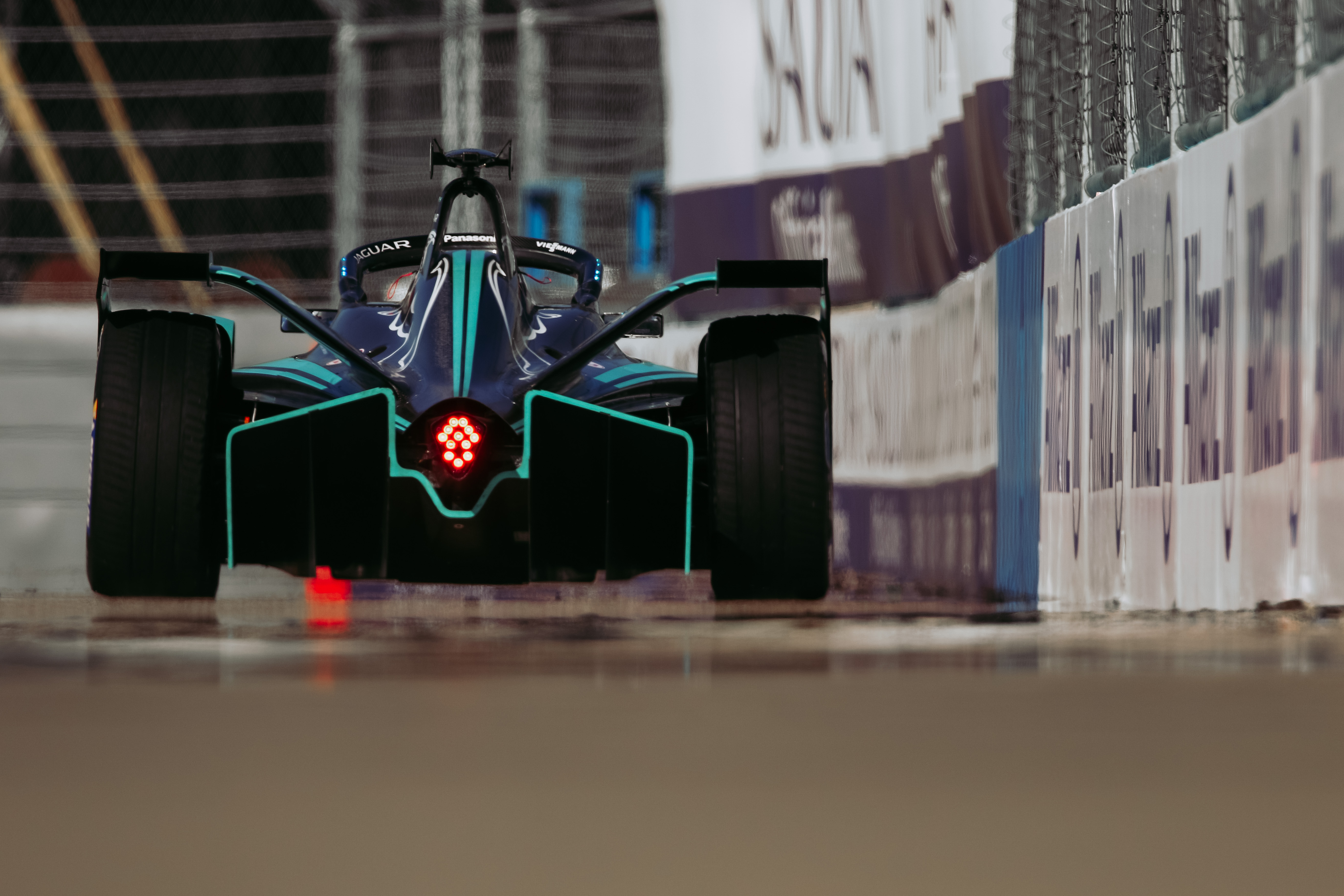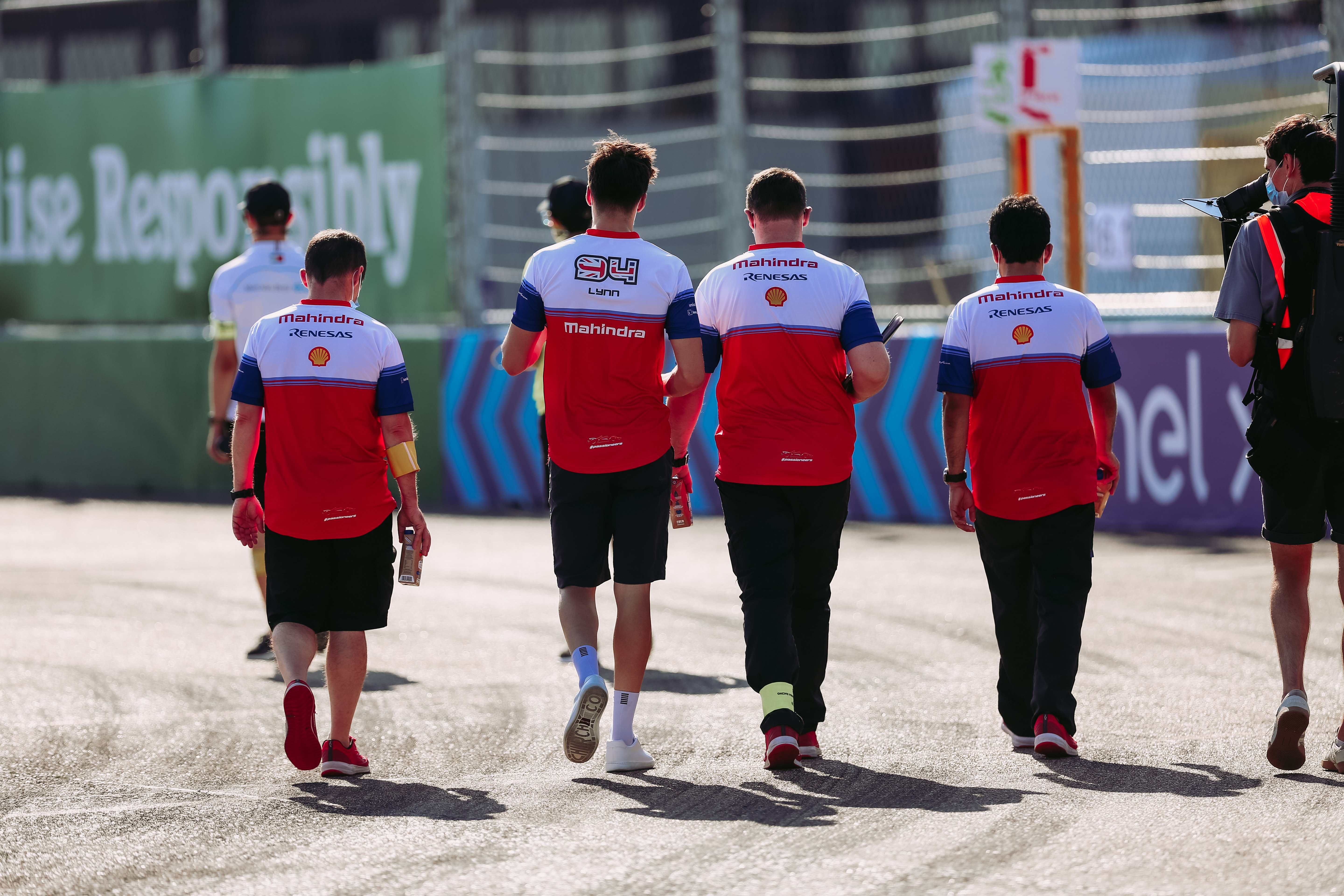Like most sporting organisations, Formula E found itself in a demanding position once lockdowns around the world started to kick in in March.
But in motorsport circles, the championship was almost unique in that it was slap bang in the middle of its 2019-20 season.
The fluid and nightmarish situation found Formula E trying to complete the sixth season amid fraught meetings throughout April and May to try and find a solution. At times they were juggling jelly.
“During the COVID-19 situation basically everything was moving every day,” says Frederic Espinos, Formula E Sporting Director.
“Something that was true one minute, was different ten minutes later, so we had to work and find a serious situation to re-start.”
Sitting at the top of an unenviable tree of responsibility was Alberto Longo, Co-Founder, Deputy CEO and Chief Championship Officer at Formula E.
It was Longo and a close cell of decision-makers at Formula E Operations that included Espinos too that were forced to read a complex and never before seen or forecasted issue in trying to get its season completed.
“Obviously for us internally we have been through a lot and many different options and we were considering going to permanent tracks, we were considering going to some of the existing races that were on the calendar for the season,” Longo tells The Race.
“I think the big exercise that we did in trying to have everything, all the options open until the very last minute and then deciding what was the best one for all, I think that was that was key.”

After Valencia, Silverstone, Portimao, Donington – and even a return to Marrakesh – were looked at, a series of races at Tempelhof became the preferred destination.
“I have been very confident all the way through that we could deliver nine to 13 races. And we have done it,” says Longo.
“I think the Berlin option was the one that gave me more assurance that that could happen, and that’s precisely why we finished the season there.
“The local authorities were and very firm on their position on how we could go back racing. I cannot say the same about some other countries that we were talking to, but Germany was very precise.
“We developed the COVID-19 protocols and all those may that allow us to do the events and frankly, I have had a lot of support from the local authorities and also from the management of Tempelhof.”
The decision was essentially taken in late May to head to Tempelhof, but made public the following month when the return of the race cars to teams was also completed without delay.
The races took place earlier this month behind closed doors and with a maximum of 1000 personnel able to attend.
Formula E just didn’t put a series of races on though, they ran it via a desire to be innovative on a variety of tracks which they configured on days between three separate double-headers.

This was no easy task but in some ways Formula E made it look easy.
“From an FIA staff standpoint, where we’ve had to make adjustments is with the marshals and the recovery teams and things like that,” FIA Race Director, Scot Elkins told The Race.
“That’s because we just simply can’t have as many people on station that we’ve been typically having.
“So what that requires is different planning, of having the ability to be able to still do what we need to do, but do it in a way that meets these protocols that we’re required to do.”
This was evidenced by regional rules in Germany that dictated recovery vehicles were only allowed to have two people within them.
Normally, the recovery vehicles have up to four people in the vehicle. So that meant organisers had to actually have more vehicles on site.
This was just one example, but another impressive one was that entire sections of walls were pre-built to simply be placed into position for when the track configurations were changed.
“It’s all down to planning detail,” reckons Elkins.
“I’m obviously familiar with a lot of different protocols that have been going on throughout the world, especially in the United States and everything that’s been done here is just unparalleled – like it’s every box has been crossed. It’s incredible.”

As an appraisal, it’s important to understand that when Formula E and local contractors arrived at Tempelhof on Monday July 20, there was nothing at all on the site.
Whereas Formula 1, IndyCar and other major championships have the infrastructure in place at ready-made tracks, Formula E not only had to build the whole track but it had to do so with vastly reduced staff and with ultra-tight protocols.
But on the other hand, it gave the flexibility to create the trio of challenges they had to present to the teams and drivers.
It is a point that is underlined by Elkins, particularly from a sporting point of view.
“It’s so much more difficult on a permanent circuit because just from the standpoint of guardrails which are installed to go only in one direction,” says Elkins.
Formula E and the FIA, whether they like it or not, have to prepare for the current global circumstances to continue or even worsen into 2021. It’s just the horrible reality of this extraordinary time
“The seams are installed in a very specific way, and so we’re a little bit lucky here because we’ve got concrete walls and we’re able to create overlaps and make things differently in terms of running this circuit clockwise and anti-clockwise.”
The reason why Formula E has impressed authorities, its own stakeholders, the FIA President Jean Todt, and a legion of fans for quelling their racing thirst with Berlin residency is that it did so with a flourish.
“For me, the key factor is that three months ago, there was no specialist in the world to deliver an event under COVID circumstances,” says Longo.
“Now we can say that we are not only professionals but the very best in class for that.”
Formula E has been congratulated by local authorities in Germany, “saying that they have never seen such a professional team like the one we have put together” according to Longo.

“If we have done this in Germany, I think we can do this absolutely everywhere in the world.”
This is key because Formula E and the FIA, whether they like it or not, has to prepare for the current global circumstances to continue or even worsen into 2021. It’s just the horrible reality of this extraordinary time.
It announced its 2020-21 calendar, which begins in January 2021 (yeah, we’re confused too!). The hope is that the races can be open to the public and partners but will largely be decreed by national and regional government policy.
Longo though has renewed confidence that should some have to take place in similar circumstances then the Berlin case study means it can deliver above and beyond expectations once again.
“We don’t know when the second wave is coming and how strong or how hard its going to be,” admits Longo.
“I can now say that the right team is ready to believe in races, almost in any circumstance.
“That’s the biggest thing that we have done. We have a team ready for almost any circumstance.”

The history books will remember a remarkable nine days in Berlin which will be headlined by Antonio Felix da Costa’s crushing title charge. But the underlying story of how Formula E chose to pull off the remarkable will be the real longstanding story.
“It’s always easier to do nothing, that is not a challenge and it’s easier to just stay at home and wait for whatever,” said Espinos while overseeing one of the track builds.
That statement emphasises Formula E’s ambition to be creative in order to test itself and its teams rather than simply put on a succession of races on the same circuit to tick a few boxes.





